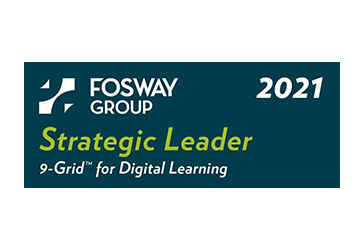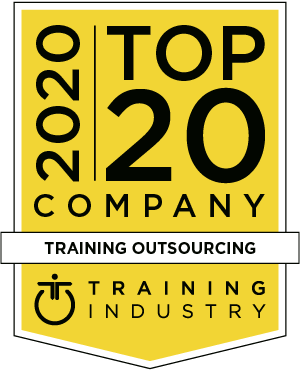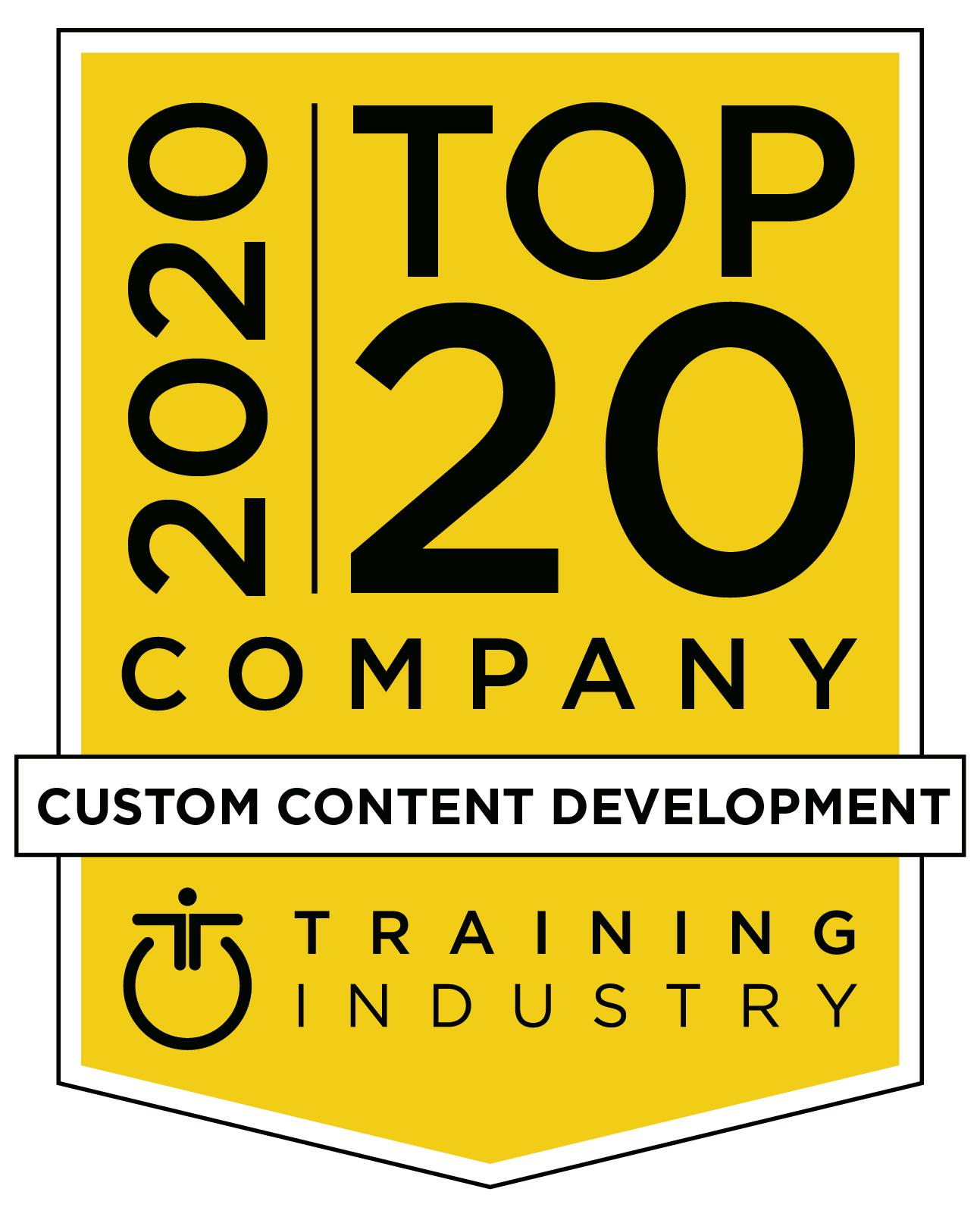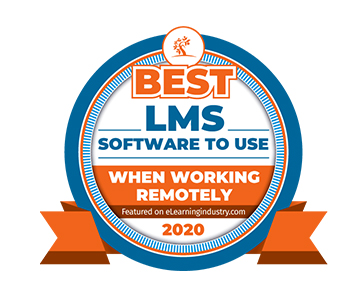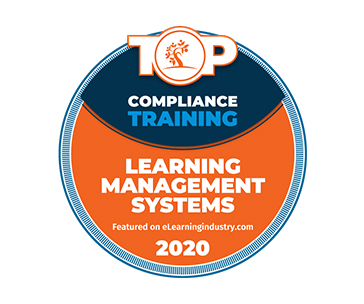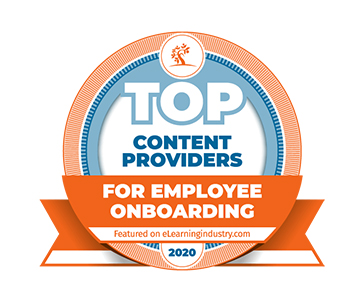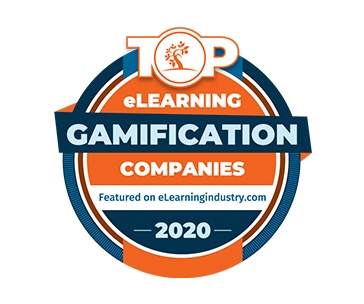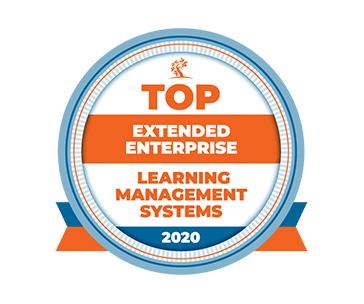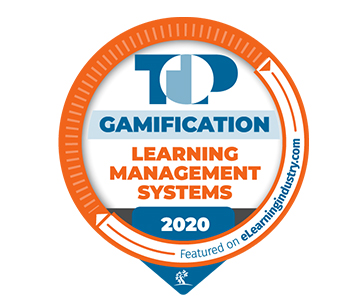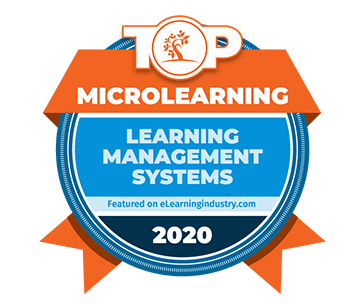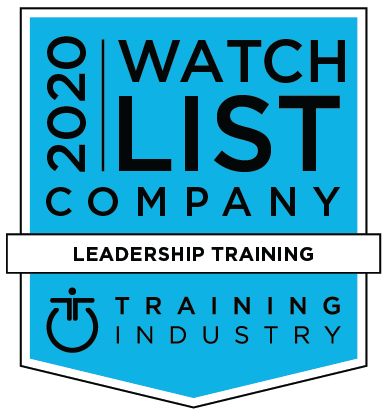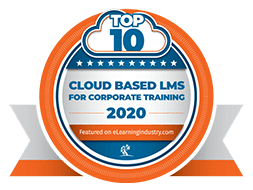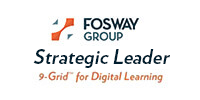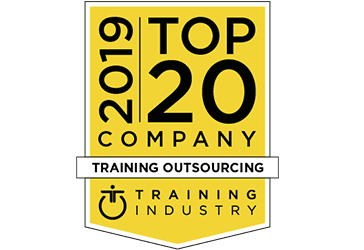There are many exciting training delivery methods to choose from today, but how do you know which training methods will be the most effective for your business?
The training strategy you choose greatly impacts your ROI. An effective employee training program can boost your profits by as much as 46% (1). On the other hand, business lose more than 13$ million a year per 1,000 employees due to ineffective training (2). Choosing the right delivery methods starts with developing a blended strategy.
The most successful training programs focus on creating a culture of continuous learning instead of approaching training and development as a single one time event. Using a blended approach to learning with multiple employee training methods will help increase engagement, knowledge retention and boost productivity.
A blended training program can be created using the 70:20:10 framework. This framework suggests that learners get the most out training that uses a blend of experiential learning, social learning and formal training methods. In this framework 70% of the training is delivered using experiential training methods. 20% is delivered using social learning methods and the last 10% is delivered using formal training.
However, there are several different training delivery methods in each of these 3 categories. Before you select the most suitable training methods to create an effective blended strategy there are some questions you should think about first.
Questions to think about before selecting training delivery methods
1. What kind of skills will the training cover?
First think about the kind of training you are going to deliver. Are you creating a product knowledge program, developing onboarding training or a a leadership development program? The subjects for these different types of training are vastly different from each other and so are the training formats needed to effectively deliver them. For example, experiential learning can be done online, through simulations, but is not well suited for delivering training for technical hands on skills.
2 Consider employee learning preferences
Employee learning preferences can impact the effectiveness of the delivery method you choose. For example, if you have a large number of millennial employees you may find that they prefer to watch video based training content on their smart phones. Learner preferences and patterns can help you choose the most engaging delivery methods.
3 What are the challenges or barriers?
Think about the different barriers there may be to training such as time constraints or access to technology. A common challenge many organizations deal with today is finding a training delivery strategy for the growing number of their remote employees.
Identifying the training topics, learner preferences and training barriers will help you determine which employee training methods will be the most suitable for your business.
The next step is to choose the right blend of delivery methods. To help you learn more about the different types of delivery methods you can choose from we have shared some details about some of the most popular methods in each of categories in the 70:20:10 framework.
Experiential learning
This type training method is about learning by doing. Forms of experiential learning help employees learn new skills by working through scenarios. The most common forms of experiential training methods are the following
• Simulations
These are a form of online training where employees work through life-like scenarios to learn as well as practice new skills. They are both memorable and interactive. Simulations work well for many different training topics such as soft skills training, product knowledge training and even employee onboarding.
• EPSS
Electronic performance support systems are a great way to provide hands on training for more technical skills and processes online. This form of training guides learners through each step using icons and balloons to lead them through the process. This tool can also be used on the job.
• Coaching/automated feedback
This training technique can be implemented as on the job training with a live coach or in an eLearning format. Face-to-face coaching is an effective training delivery method that is useful for new employees. It can help them learn new skills while getting to know their team members.
Simulations and other forms of online learning can also provide automated feedback in real time and practice in a risk free environment. This is a great delivery method for distributed teams.
Social Learning
Social learning is one of the most engaging training methods you can utilize. This particular form of training delivery promotes collaboration, improves communication and can help newer team members learn from subject matter experts and senior staff. Some of the most popular social learning strategies are listed below.
• Training events
Training events are a good way to cover a large amount of training content in short amount of time and promote social interaction, networking and collaboration among employees.
• Mentorship
Assigning a mentor to a new employee or team member can be an incredibly useful strategy for employee onboarding programs and for leadership development. A mentor can provide insights into the role, best practices, industry specific knowledge and can give the individual support throughout the learning process.
• Gamification
The use of online training games can be a useful tool to train and promote new skills. Employees can compete and collaborate in a fun and engaging way online using this training method.
Formal Learning
Formal learning can be be implemented in many formats and is an important component for any training program. There are two main formats formal training is typically delivered in.
• Classroom/ instructor led training
This format gives the instructor more control over the learning environment and is a great way for employees to learn from a subject matter expert. Classroom training is engaging and reduces potential distractions.
• ELearning
Formal learning can also take place online in a digital format with video-based learning or with virtual instruction. This can be a more cost effective approach to formal learning because it reduces the need for a venue or travel.
Conclusion
Selecting the right blend of training delivery methods can greatly impact the effectiveness of your training program. Using a blended approach to develop training can help you boost engagement and knowledge retention. To learn more about effective training strategies check out the eBook Training Trends for the 2020 Learning Landscape

